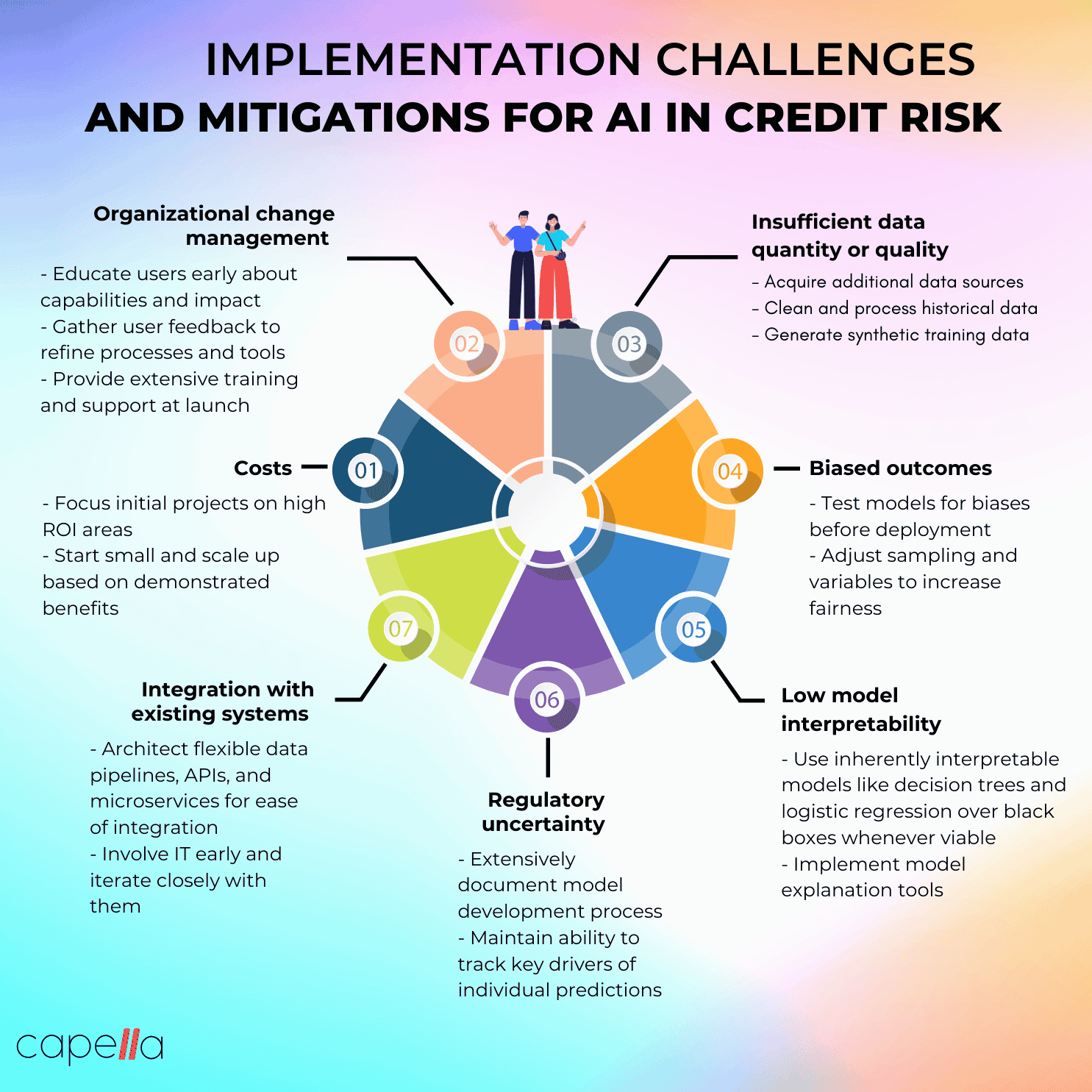In the ever-evolving U.S. mortgage landscape, risk management has become more critical—and more complex—than ever. Traditional methods of evaluating borrower risk, while still valuable, are no longer sufficient on their own.
Enter Artificial Intelligence (AI) and Big Data—the dynamic duo transforming how mortgage lenders detect, predict, and mitigate risk with unprecedented accuracy and efficiency.
In this blog, we explore how these technologies are reshaping mortgage risk management in the United States.
For decades, mortgage lenders relied on static data like credit scores, income documents, and loan-to-value ratios to assess risk. But these methods often missed deeper insights into borrower behavior, economic trends, and emerging threats.
With AI and Big Data, lenders now have the tools to:
- Analyze vast amounts of structured and unstructured data
- Detect hidden patterns in borrower profiles
- Predict defaults before they happen
- Automate risk-based decisions in real time
Big Data refers to large, diverse datasets that are difficult to process using traditional systems. In mortgage lending, big data includes:
- Credit bureau reports
- Bank transaction histories
- Social media activity (for alternative lending)
- Real-time property valuations
- Macroeconomic indicators (job market, inflation, interest rates)
- Behavioral patterns (e.g., rent payment history, mobile usage)
These data sets give lenders a 360-degree view of borrower risk.
AI doesn’t just crunch numbers—it learns from them.
Here’s how U.S. lenders use AI in risk management:
AI-powered algorithms (like decision trees, neural networks, and gradient boosting) identify which borrowers are likely to default, and why.
AI enables real-time analysis during application processing. Risk scores are generated instantly based on thousands of data points—faster and often more accurate than human underwriters.
AI can detect anomalies such as:
- Falsified income statements
- Document manipulation
- Suspicious transaction patterns
Machine learning systems are trained to recognize fraud indicators automatically.
AI continuously monitors mortgage portfolios, flagging at-risk loans due to:
- Economic shifts (like job losses in a certain region)
- Natural disasters affecting collateral properties
- Changes in borrower behavior
✔️ Improved Accuracy
✔️ Faster Loan Processing
✔️ Reduced Defaults & Delinquencies
✔️ Better Loan Pricing Based on True Risk
✔️ Enhanced Compliance with Fair Lending Regulations
With great power comes great responsibility. The use of AI and data in lending is regulated under laws such as:
- Equal Credit Opportunity Act (ECOA)
- Fair Housing Act
- Consumer Financial Protection Bureau (CFPB) guidelines
Lenders must ensure that:
- AI models are explainable and auditable
- They do not result in discriminatory lending outcomes
- Consumers receive required Risk-Based Pricing Notices and Adverse Action Letters
Both use AI and data analytics to assess credit risk, value properties, and predict loan performance.
These institutions have integrated AI into their loan origination and portfolio risk systems to enhance accuracy and efficiency.
Digital lenders like SoFi, Better.com, and Rocket Mortgage are pioneers in leveraging AI for end-to-end mortgage underwriting.
AI and big data in mortgage risk management are still evolving. Here’s what to expect:
- Explainable AI (XAI) for transparent decision-making
- Hyper-personalized risk pricing based on borrower behavior
- Blockchain integration for secure data sharing
- Predictive servicing to offer payment plans before delinquency occurs
AI and Big Data are revolutionizing risk management in U.S. mortgage lending. With smarter predictions, faster approvals, and better borrower insights, lenders can operate more efficiently while borrowers benefit from fairer, data-driven decisions.
At LoanAndMortgage.us, we believe technology is the key to a more secure and inclusive mortgage ecosystem.

